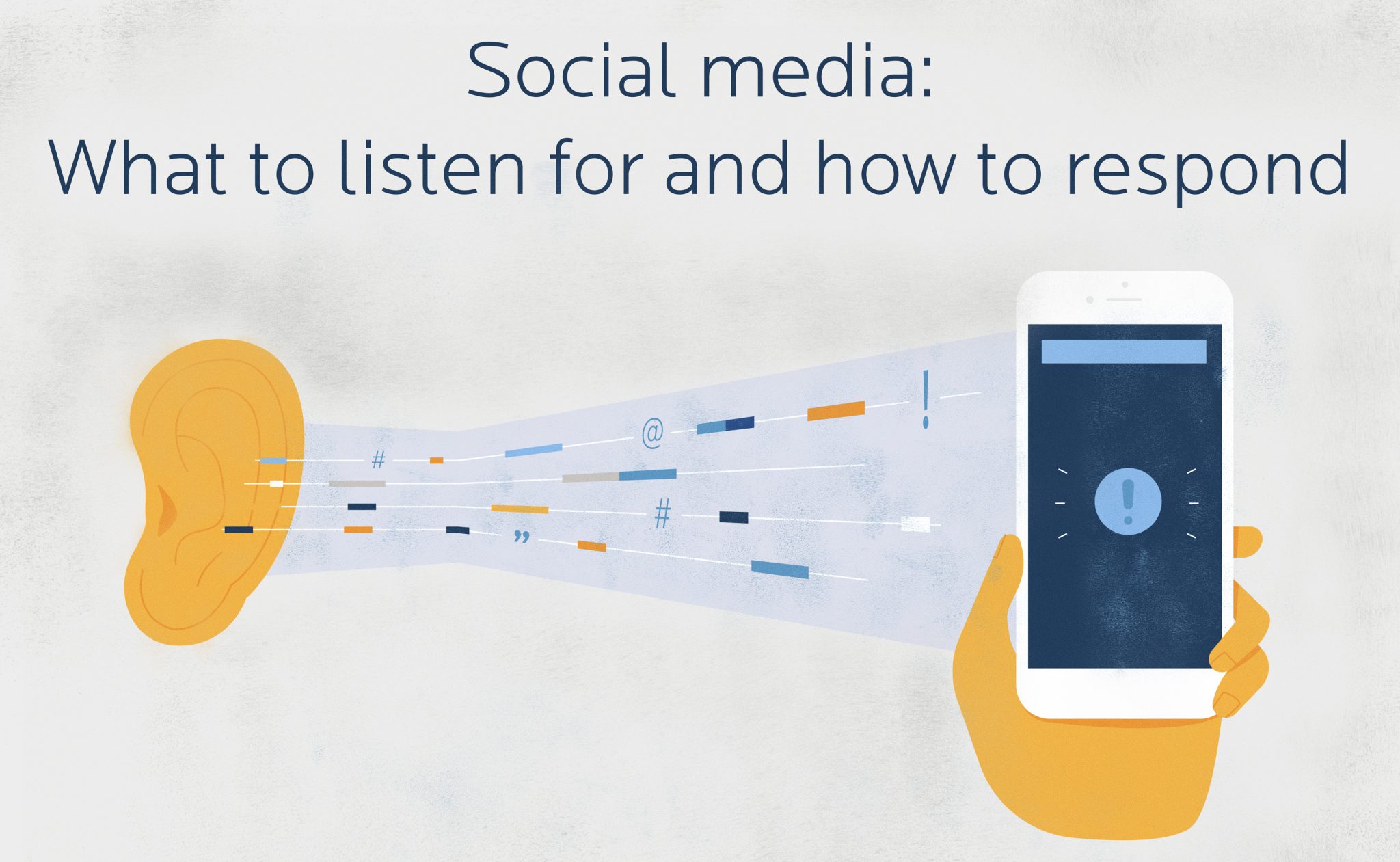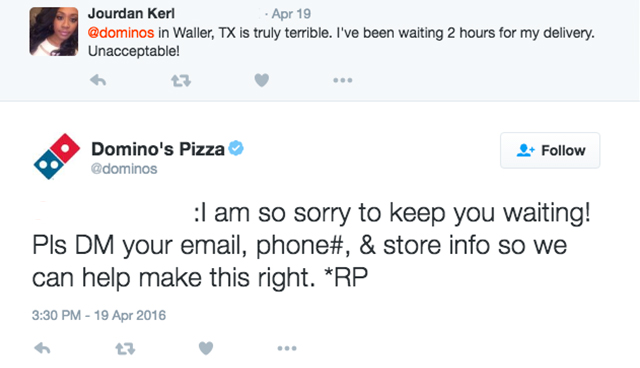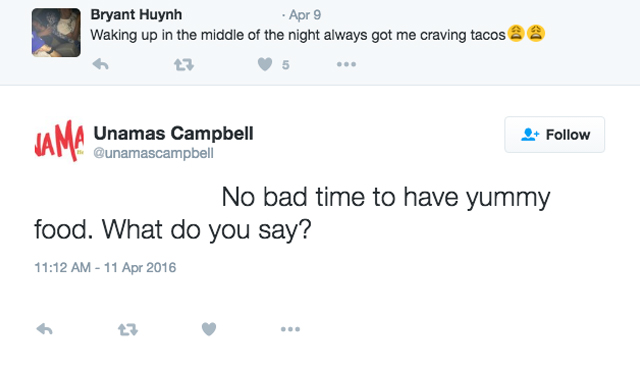
Have you ever been pleasantly surprised to receive a social media reply or mention from a brand? How did it make you feel about that brand? It probably felt pretty good that they acknowledged that they saw or heard you, especially if you didn’t expect to hear back from them. Did you remember that interaction in future relations with that brand?
Now, think about your own brand. Are you replying to people who ask you questions on social? Are you thanking those who praise your brand? Are you addressing those who have questions or concerns?
Because you should be.
Social media monitoring and responding is a vital part of any community manager’s role. In this post, I’ll highlight a few tips for representing your brand in the best light possible. First, let’s define social media monitoring.
What is social media monitoring?
Social monitoring involves listening to social media audiences for mentions of your brand and industry and determining which posts warrant a response. When monitoring your brand’s social spaces, keep an eye out for all mentions – positive or negative. If a user takes the time to mention your brand online, you should take the time to review their posts and consider responding.
Also, keep an eye out for social mentions that relate to your industry. Even if people aren’t mentioning your brand directly, conversations about your industry can provide vital insight and opportunities to engage with users.
Social media monitoring tools
There are a number of social listening tools that can identify online mentions of your brand and industry. For paid social media monitoring tools, we recommend Brandwatch and Mention. Hootsuite is a great free option. Regardless of what tool you choose, here are some things you should listen for:
- Your brand, company or product name
- Your competitors’ brands, companies or product names
- Keywords that relate to your industry and the product/service that you provide
Social media monitoring tools can also help you visualize trends in your mentions so you can determine when and where you should have an active presence. For example, maybe social listening tools indicate that your audience is most active on Instagram. In that case, you might want to devote more resources to that channel, including monitoring, posting original content and interacting with others.
Responding to social media posts
Clients often ask us how to decide if they should respond to a mention of their company on social media. The answer is: Anytime a user mentions your brand online, you should consider responding. Even if that response is a simple favorite or like, acknowledging that you see and appreciate posts builds relationships with users.
We recommend creating a response strategy so that you’re prepared to handle anything that comes your way. Like it or not, social media has become a customer service tool, so it’s helpful to have a plan for reacting to all comments – positive or negative. When establishing a response strategy, consider:
- How quickly should you respond?
- What should you say if it’s a compliment versus a complaint?
- How will your responses vary based on the platform?
- How can you use your responses to track back to your social media goals?
- What tone will you use in your responses, and in social media in general?*
*Tone is how your words come across on social media. Do you want to be light and cheerful? Or reserved and professional? Think about how your audience will react to your tone, and what kinds of reactions you’d like to elicit.
Tying it all together
When you combine social media monitoring with responding appropriately, that’s when your social efforts really become effective. Take everything you learned about monitoring – listening for brand mentions, industry keywords, competitors’ names, etc. – and seek online conversations that your brand can be part of. Insert your brand into relevant conversations in a friendly way, and people will begin recognizing and respecting your brand.
For example, say you operate a taco food truck, and your social media monitoring reveals someone tweeting about their taco cravings. Your could encourage that person to satisfy their craving with your tacos and maybe even send them a coupon to give them a try. Not only will you likely get a sale from that person, but you will also generate trust, which create repeat customers.
Do you or your social media team have questions about social listening? We’d love to chat with you about social media monitoring platforms, response strategies or your own experiences on social media.


